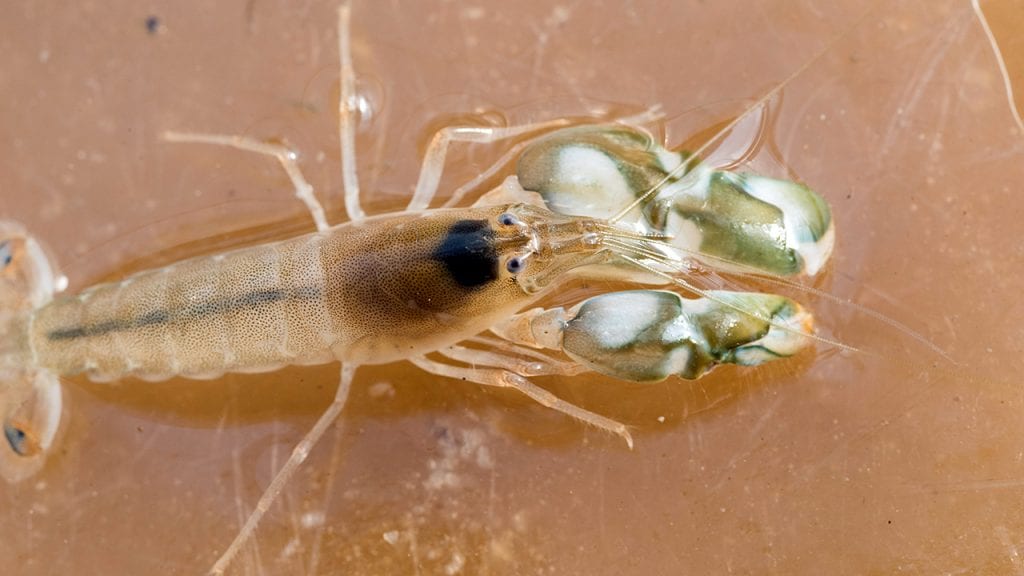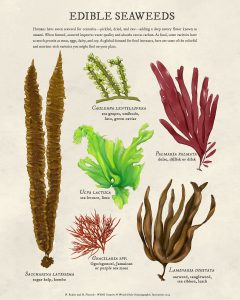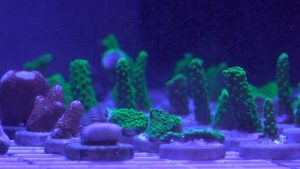Snapping shrimp usually look something like tiny lobsters, with one front claw much larger than the other. They use their supersized appendage to make a characteristic snapping sound, which may help them defend territory, stun their prey, or attract mates. In captivity, the smaller claw of some shrimp will grow into a second large snapping claw, as seen here. In coastal areas such as coral reefs their snapping can dominate underwater soundscapes. WHOI postdoctoral scholar Ashlee Lillis and biologist Aran Mooney are studying why snapping shrimp snap, including how their behavior varies with location, time of day, water temperature, and other factors, such as whether other shrimp are nearby. (Photo by Tom Kleindinst, Woods Hole Oceanographic Institution)
Image and Visual Licensing
WHOI copyright digital assets (stills and video) contained on this website can be licensed for non-commercial use upon request and approval. Please contact WHOI Digital Assets at images@whoi.edu or (508) 289-2647.








